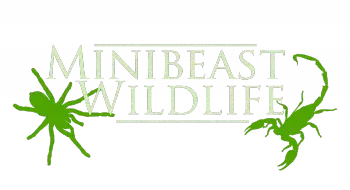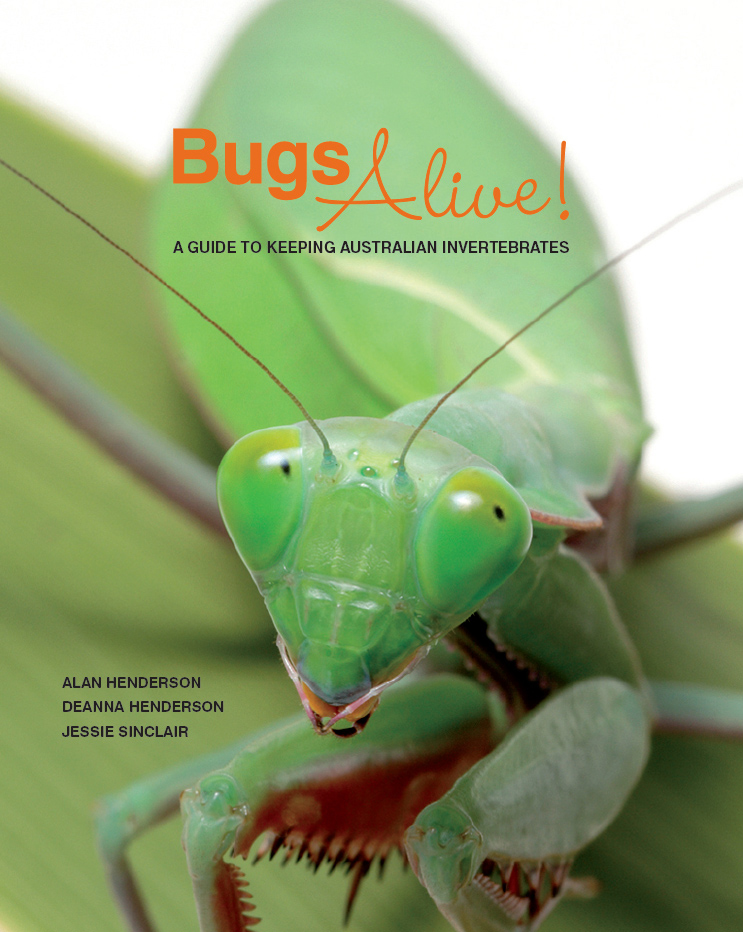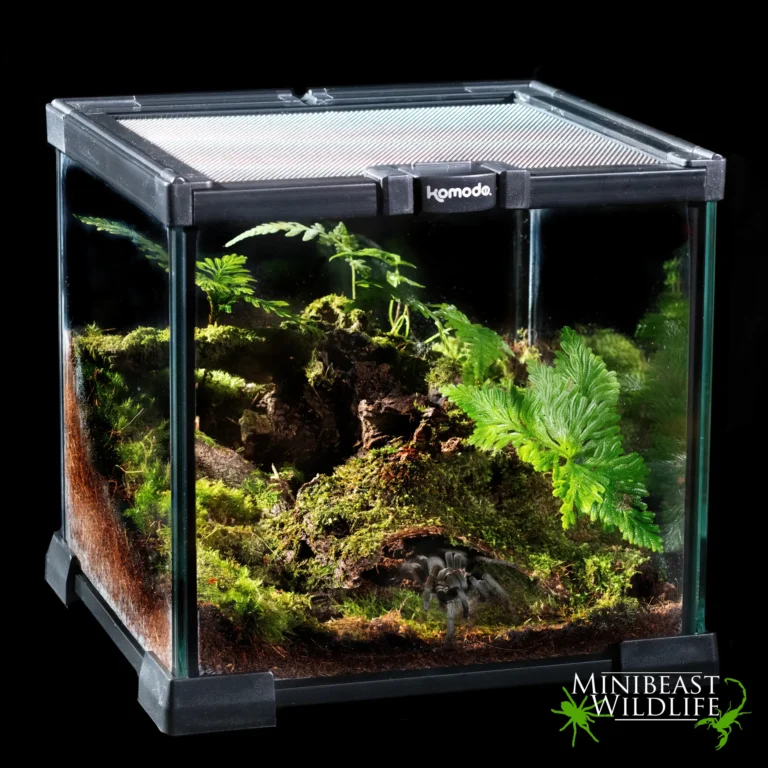BLOG ARTICLE
How to create stunning natural displays for invertebratess
Sexing tarantulas is very difficult for young spiders, but as they develop there are some differences which makes sexing them quite easy. We’ll show you how.

How to create stunning natural displays for invertebrates
Naturalistic enclosures use natural elements to create a ‘slice of habitat’ for your animal to live in. These enclosures can look visually stunning and can showcase your pets for your own enjoyment, or be eye-catching exhibits in a public setting. If done correctly, they also allow the invertebrate species to live within the type of habitat that they are adapted to in the wild.
Choosing natural components
Whether it be desert or lush rainforest, various components are required not only to make the habitat look authentic, but to function well to accommodate the invertebrate’s needs. These components need to be chosen carefully to ensure they are functional and safe.
Substrates
The substrate is the ‘ground’ component of your habitat. It is the base level and very important to choose the right type. The most common substrates used in invertebrate enclosures include coco-peat (coir-peat), sphagnum moss, and various sands. Sometimes these are mixed together to provide a consistency to suit the requirements of the particular species. The substrate needs to accommodate the animal’s behaviour (eg. if it is a burrower, the substrate needs to be able to allow this to occur both in its physical structure and in its depth). Using safe alternatives to the real thing are often best here (eg using coco-peat for temperature or rainforest invertebrates is better and safer than using real soil). If using sand for burrowing species, be sure that it holds its form in burrows and won’t collapse. Minibeast Wildlife offers a ‘Trapdoor Spider Substrate’ which is specific mix of sand and clay which binds together to maintain a safe burrow structure for such species.
Choosing the right substrate is really import for the health of your invertebrate, and such details are always included in Minibeast Wildlife’s Care Guides for all the species we breed and sell.
Enclosure furniture
These are the elements which are used to decorate the enclosure which may be functional (objects that provide shelter – hides) and others that are decorative such as plants. Keep in mind that objects should be stable and not present a risk of crushing your animal if they fall (eg heavy rocks) and should be checked and/or cleaned to avoid the introduction of parasites or other smaller invertebrates (eg. small ants) that could cause issues for the invertebrate you are creating the habitat for.
Live plants can form a key part of the aesthetics for such environments. From carpet-like mosses to upright ferns and grasses. Live plants vary greatly in their requirements, particularly in the light levels they require so some are difficult to maintain live for extended periods without having specific lights for them. Sometimes the intensity of lights required for the plant survival may compromise the health or activity of the invertebrate you are keeping. In such cases, changing over the plants as require rather than bombarding the enclosure with an excessive level of light may be best.
For arid displays, dead plants may be just as good as live. Small dry grass tussocks can look very nice in such displays and require no maintenance.
Tips for best results
- Ensure all the key elements required for your animal’s well being are catered for. (eg. perching branches for arboreal species to enable secure moulting sites).
- Think about the behaviour of the animal you are creating the habitat for. Where is likely to reside? How will it use the enclosure? Plan your fit-out to accommodate this.
- For ground-dwelling species, create height (deeper substrate) at the rear of the enclosure and slope it towards the front for a better visual presentation of the habitat.
- Ensure that you habitat functions well as well as looks good. Is it providing the humidity and temperature in a range suitable for the species you are keeping?
- Observe, observe, observe. Watch what is happening inside the enclosure – doing this at night will often give you a great deal of insight into the behaviour of your pet. Make sure your invertebrates are using the enclosure the way you intended, and that it allows the species to behave naturally. Be proactive and make changes if they are required. Seek help if you are unsure – Minibeast Wildlife offers ongoing support to all that purchase invertebrates from us.
For more information about creating displays for Australian invertebrates, grab a copy of ‘Bugs Alive – A Guide to Keeping Australian Invertebrates’ – the award-winning book all about keeping a wide range of Australian invertebrates.
You might also be interested in
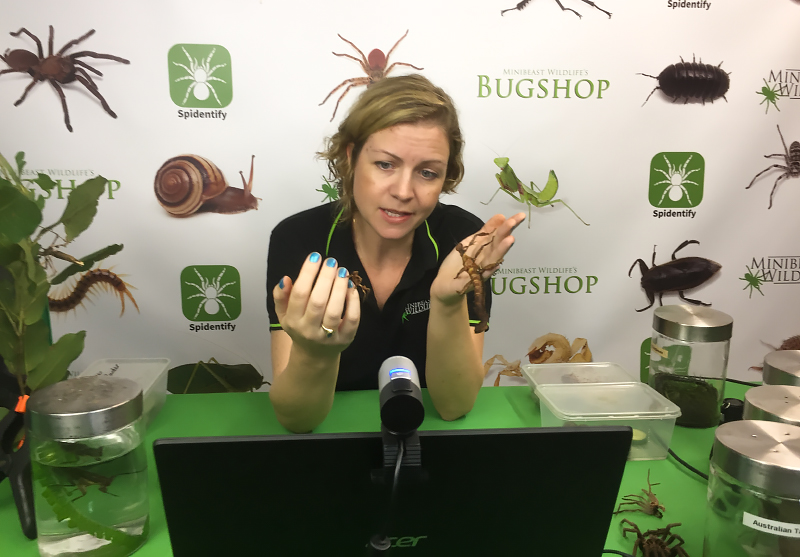
Minibeasts live online!
Due to the current Covid-19 pandemic, we have obviously had to suspend our physical incursion to schools in both Victoria and Queensland. In response to
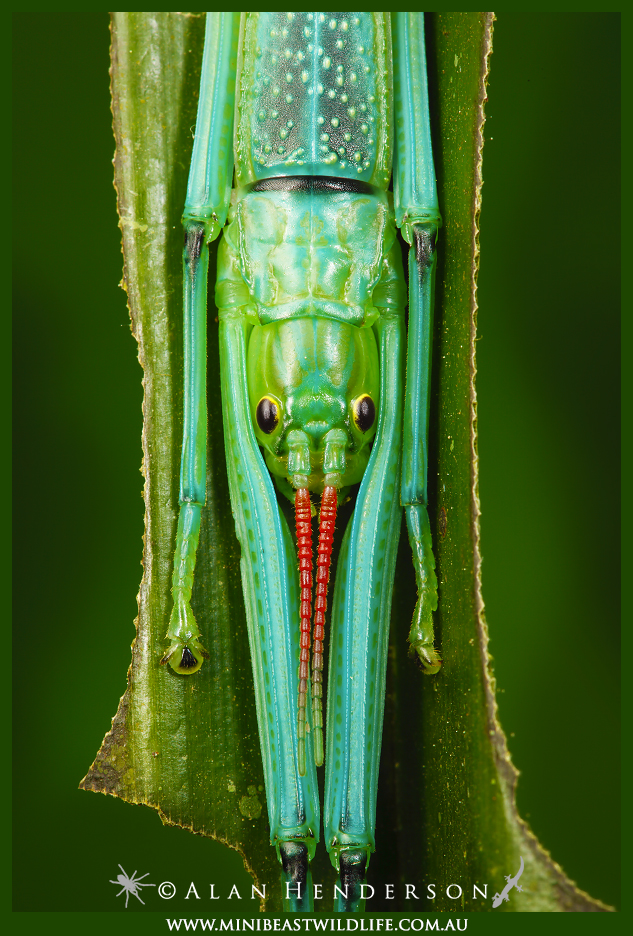
Eau de Peppermint Stick Insect: The phasmid perfume that packs a punch
We’ve all at one time or another experienced the unique joy of being trapped in a confined space with someone wearing too much perfume. Even
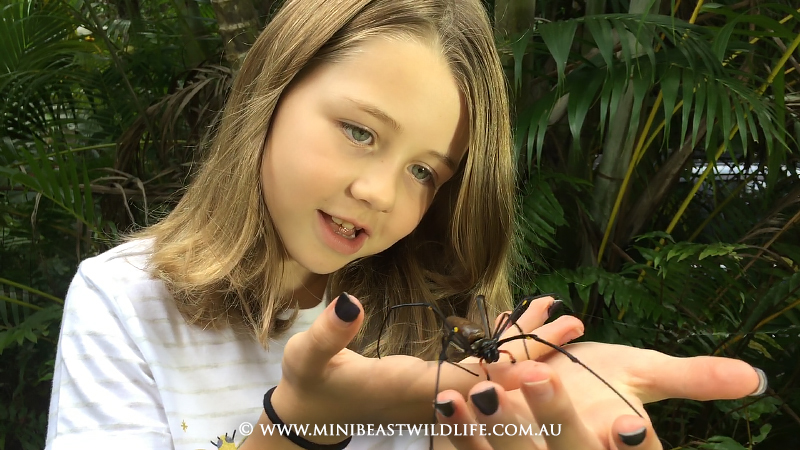
Spiderchat with Saige
Minibeast Wildlife has recently started a new YouTube channel ‘Spiderchat with Saige’ hosted by our 10 year old budding arachnologist. Saige has been around spiders her
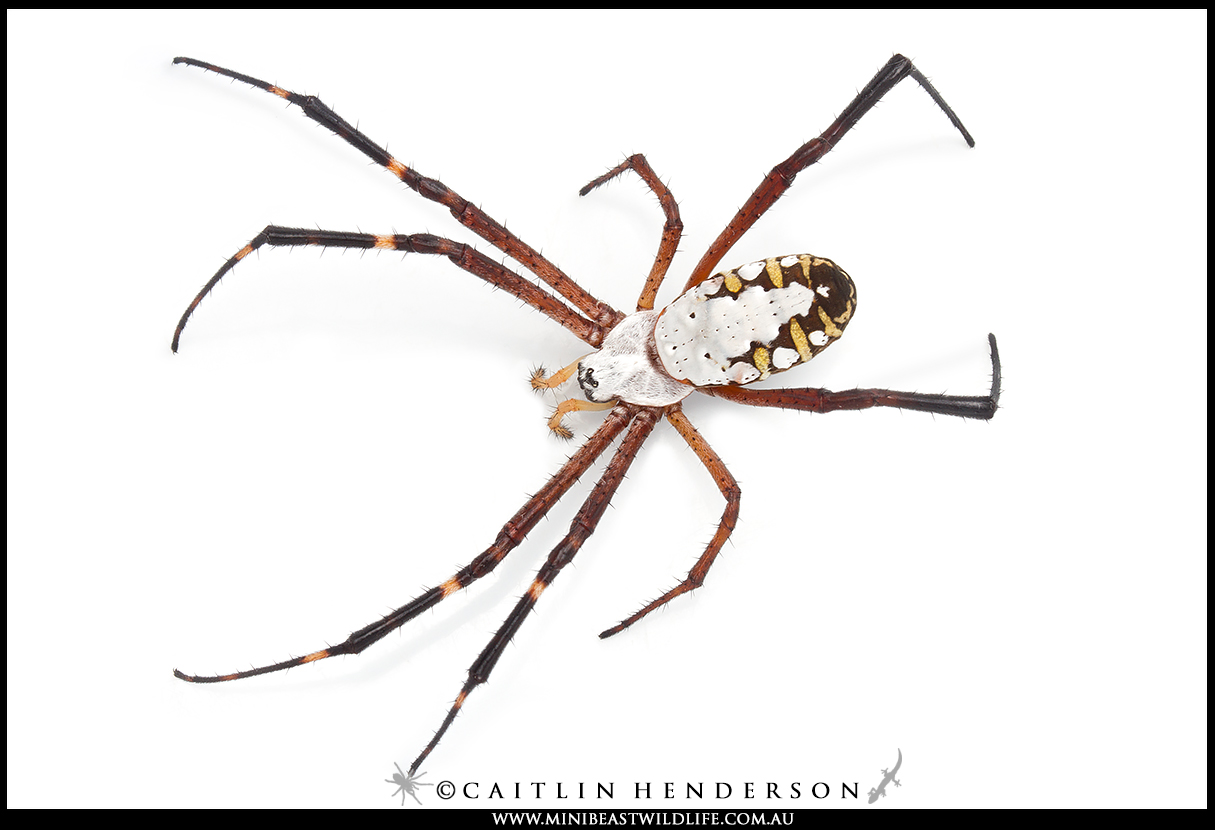
Metallic Asian spider found living in the Northern Territory’s Fogg Dam
A metallic-silver spider previously unknown in Australia has been found living at multiple sites near Darwin in the Northern Territory by myself and entomologist Graham Brown.
